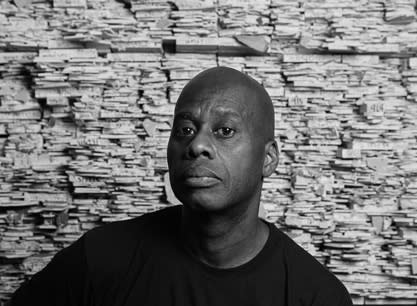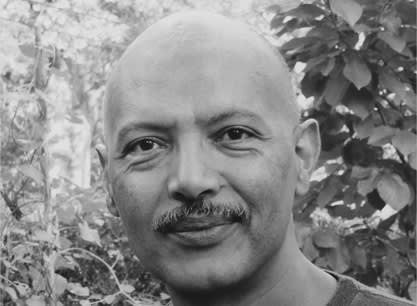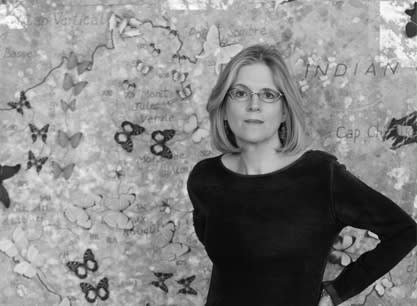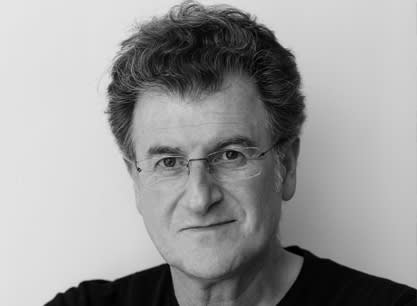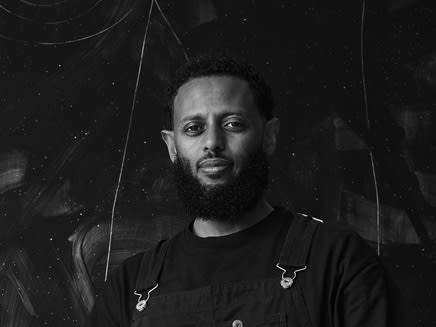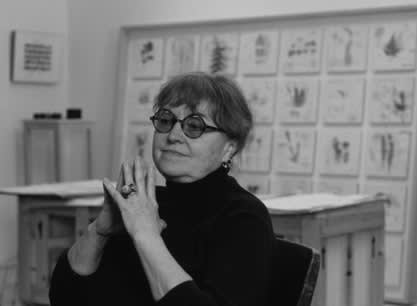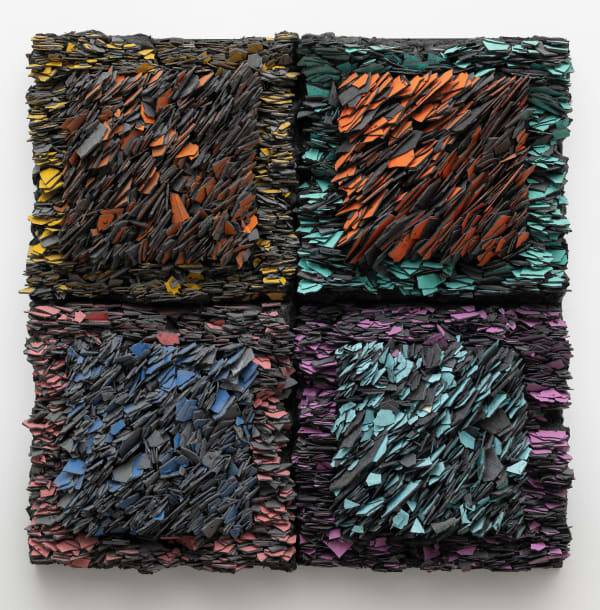Frieze Los Angeles: Booth B7
-
Galerie Lelong & Co., New York is pleased to participate in the 2025 edition of Frieze Los Angeles with a curated group presentation focused on how different artists engage the idea of mapping in their practice. Featuring works by a multigenerational, international group of artists—including Leonardo Drew, Ficre Ghebreyesus, Sarah Grilo, Jane Hammond, Alfredo Jaar, Tariku Shiferaw, Michelle Stuart, and Chris Watts—the presentation addresses the notion of the map both as a record of physical space and symbol of identity through the boundaries conferred upon it.
Among the works on view taking direct influence from the concept of the map is All Souls (Topaz) (2024) by Jane Hammond. This new work from her ongoing Butterfly Map Series depicts a hand-drawn map of California and its surroundings, with congregations of three-dimensional butterflies, the images of their wings sourced from scans of real specimens. The migratory insects captured mid-flight serve as reminders of the precarity of borders and represent a dynamic definition of belonging. Visually referencing his ongoing Mata Semay series, which creates abstract maps that imagine how the night sky would exist if diasporic cultural contributions were considered in the global consciousness, Tariku Shiferaw’s Adey Abeba 2 (2025) depicts the flower for which it is titled—a signifier in Ethiopia of a new year—to unveil the bright sky of a new day. In his Map / Quilt paintings, Ficre Ghebreyesus separates his composition into copious pockets of vibrantly colored patterns, with no two sections the same.
Other artists incorporate text to explore how the relationship between language and place impacts identity. A suite of photographs documents Alfredo Jaar’s 1987 public intervention A Logo for America, which critiques the common use of the word “America” to reference the United States, and its erasure of the rest of the continent. The animation, which debuted in New York’s Times Square in 1987 has become one of Jaar’s most iconic works, having been reproduced in numerous cities over the years—including another presentation in Times Square in 2014. With a nod to the landscape in its title, Sarah Grilo’s Souvenirs de la campagne (1982) incorporates language as a record of place; Grilo’s distinct style fused abstraction with language, and each painting incorporates text only in the language native to the place in which it was created.
Meanwhile, the map as a record of terrain is invoked by artists Leonardo Drew and Michelle Stuart. Stuart’s Nazca Lines Chart Book (1981-82) pays homage to the massive land carvings, or geoglyphs, incised into desert plains in Peru by the prehistoric Nazca people. Drew’s practice of hand-weathering raw materials to create orderly geometric compositions is epitomized in Number 418 (2024), which recalls the topology of maps in its three-dimensionality and organization of space.
-
Works
-
 Leonardo Drew, Number 418, 2024
Leonardo Drew, Number 418, 2024 -
 Ficre Ghebreyesus, Map / Quilt IV, 1999
Ficre Ghebreyesus, Map / Quilt IV, 1999 -
 Sarah Grilo, Souvenirs de la campagne, 1982
Sarah Grilo, Souvenirs de la campagne, 1982 -
 Jane Hammond, All Souls (Topaz), 2025
Jane Hammond, All Souls (Topaz), 2025 -
 Alfredo Jaar, A Logo for America, 1987/2014
Alfredo Jaar, A Logo for America, 1987/2014 -
 Tariku Shiferaw, Adey Abeba 2, 2025
Tariku Shiferaw, Adey Abeba 2, 2025 -
 Michelle Stuart, Nazca Lines Chart Book, 1981-82
Michelle Stuart, Nazca Lines Chart Book, 1981-82 -
 Chris Watts, The Spirits That Lend Strength Are Invisible XXXXV, 2024
Chris Watts, The Spirits That Lend Strength Are Invisible XXXXV, 2024
-
-
Related Press
